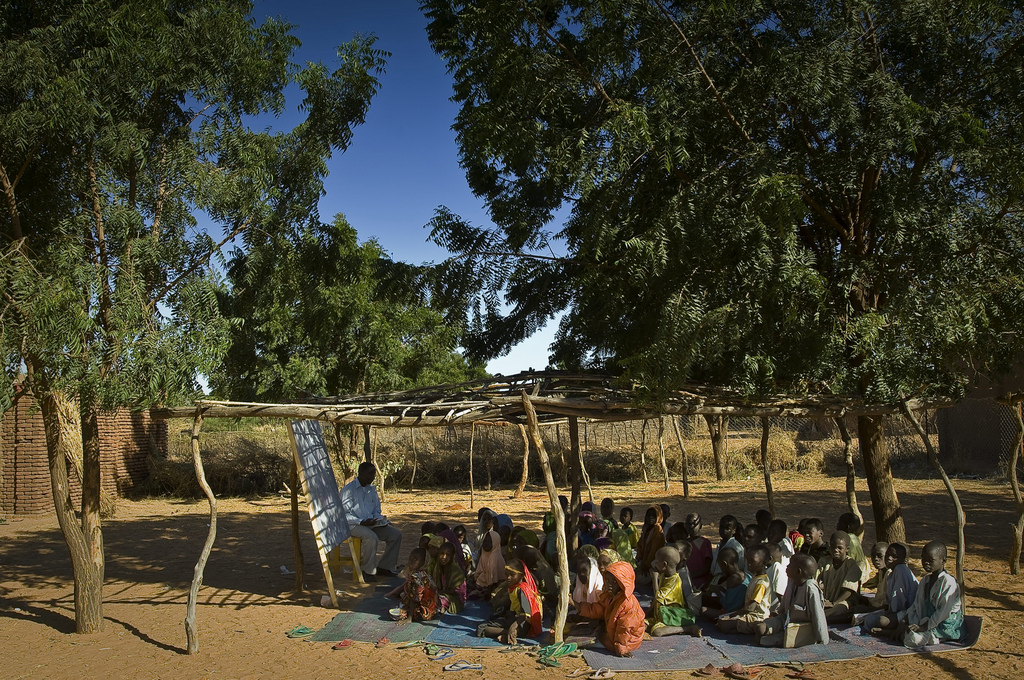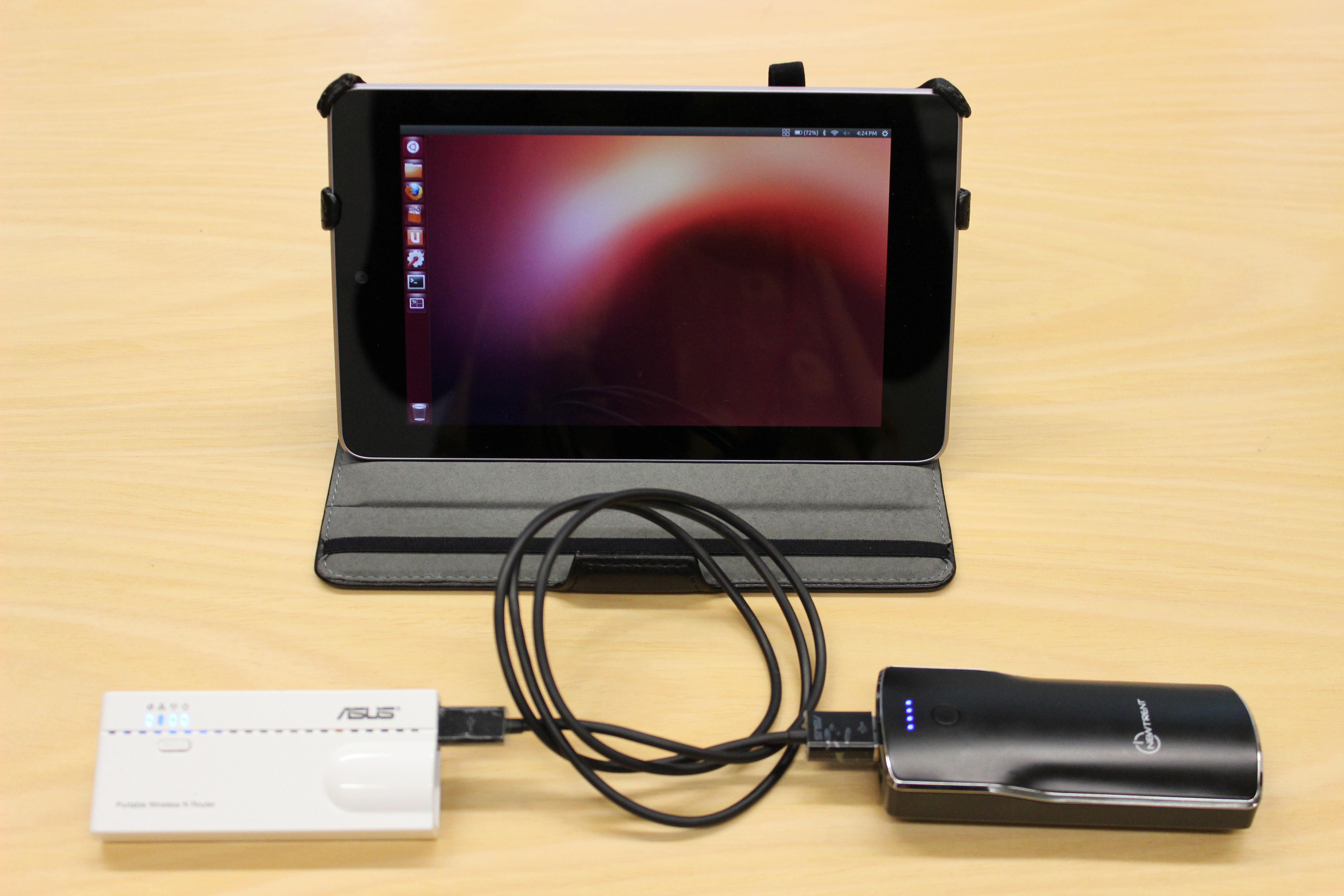Classroom Without Walls
Tablet computers are becoming more widely available. The education community has been considering m-learning as a supportive paradigm in informal learning and Tablets have the potential to make a significant contribution in this area. However, Tablets are designed as appliances that help user access a variety of applications and services hosted on the Internet. Designing “apps” for iPad/iOS or for Android has been a favored route in the education community.

This, however, cannot be the only approach when it comes to learning-for development paradigm. A large number of learners and teachers in the developing world operate in “unconnected” environments- unconnected to the power grid and to the Internet. There needs to be a different approach to extend them support.
This is where COL’s idea of a “classroom without walls” (Asha Kanwar) can make a contribution. We can imagine a situation where a learner in a typically unconnected environment can access a lesson in an LMS, and complete an assignment, with her/his credentials intact and available to the teacher. Learners can also participate in a socializing process through visiting and commenting on a blog related to the learning materials and courses. This might sound more relevant in Higher Education. Starting from there, it can be extended and adapted to Open Schooling and Non-formal learning in rural and agricultural extension.
At the heart of this is the availability of dual-core tablets and smartphones at affordable prices. One can use a dual core Tablet to create a server that runs Ubuntu, an Open Source operating system widely used in PC’s/laptops, on which an LMS (say, Moodle) and a social networking or content management system (say, WordPress) can be installed. A battery-powered WiFi hotspot can help create a network to which Tablets with learners can be connected. In the following, a preliminary, and successful trial is described. Asha Kanwar is of the view that it should be possible to develop a pack under $ 100 that can enable a teacher to run a classroom without those ubiquitous walls.

Device Configuration Video
Wireless Hot Spot Setup
- Configure ASUS WL-330gE Wireless AP
- Setup DHCP (Follow the instruction manual) to support at least 200 clients.
Server Setup
- Follow the instruction here to install Ubuntu 12.04 on Google Nexus 7.
- Install LAMP on ubuntu
- Install Moodle using Git
- (optional) import Moodle courses.
- Install WordPress
- (optional) create sample WordPress website.
- Install Drupal (to be updated)
- Install Canvas using Git (to be updated)
- Configure ASUS WL-330gE Wireless AP
- Power it on. (Power bank or any other USB power source)
- Wireless connect Nexus 7 to AP.
- Reserve IP address 192.168.1.2 for Nexus 7 MAC address
- Connect tablets or smartphones to Wireless AP.
- Navigate to http://192.168.1.2 to start browsing.
Team: Ricky Cheng, Balaji V and Michelle Gruda
Post Revisions:
- 15 February, 2013 @ 16:50 [Current Revision] by mgruda
- 6 December, 2012 @ 16:10 by admin
- 6 December, 2012 @ 16:08 by mgruda
- 6 December, 2012 @ 16:06 by mgruda
- 6 December, 2012 @ 15:38 by mgruda
- 6 December, 2012 @ 15:38 by mgruda
- 3 December, 2012 @ 14:01 by mgruda
- 3 December, 2012 @ 14:00 by mgruda
- 3 December, 2012 @ 12:53 by mgruda
- 3 December, 2012 @ 12:53 by mgruda
- 3 December, 2012 @ 12:51 by mgruda
- 3 December, 2012 @ 12:39 by mgruda
- 3 December, 2012 @ 12:38 by mgruda
- 3 December, 2012 @ 12:37 by mgruda
- 3 December, 2012 @ 12:36 by mgruda
- 3 December, 2012 @ 12:32 by mgruda
- 3 December, 2012 @ 12:31 by mgruda
- 3 December, 2012 @ 12:30 by mgruda
- 3 December, 2012 @ 12:29 by mgruda
- 3 December, 2012 @ 12:27 by mgruda
- 3 December, 2012 @ 12:26 by mgruda
- 3 December, 2012 @ 12:18 by mgruda
- 3 December, 2012 @ 11:12 by mgruda
- 3 December, 2012 @ 11:10 by mgruda
- 3 December, 2012 @ 11:06 by mgruda
- 3 December, 2012 @ 11:04 by mgruda
